Hyundai Lays Out Its Crossover Plan; Eight CUVs on the Way

After being caught off guard by the American public’s thirst for high-riding, commodious, all-weather vehicles, Hyundai’s planning to make up for lost time.
As part of an effort we’ve known about for a year, Hyundai laid its “build more crossovers” strategy bare on Wednesday. Including the subcompact 2018 Kona, which lands on U.S. shores early next year, the automaker will “debut” eight new or redesigned CUVs over the next two years. Unfortunately, details are threadbare.
Going from Hyundai’s product timeline, the future lineup includes (among others) a new A-segment crossover, a diesel model, and an electric. Already burned, Hyundai’s now covering its bases.
“Very soon we are going to have the most diverse CUV powertrain lineup in the industry,” said Mike O’Brien, vice president of product, corporate and digital planning at Hyundai Motor America, in a statement.
The automaker no doubt wishes it could push the current timeline into the past, as that’s when a lack of new models began cutting into sales growth. Even though the automaker just recorded its best month for crossover sales in the U.S., it wasn’t enough to prevent an overall sales decline. In October, Hyundai brand sales sank over 15 percent, year-over-year, with sales over the first 10 months of 2017 now 13 percent lower than last year.
We’ve heard about a potential A-segment offering before, but the company’s new promise sets it in stone. It’s hard to imagine something smaller than a Kona rounding out the bottom of the lineup, as the Kona shaves four inches off the length of Mazda’s diminutive CX-3.
Speaking to Wards Auto earlier this month, O’Brien said any A-segment vehicle would likely be all-wheel drive and pricier than the redesigned 2018 Accent. Hyundai apparently envisions something similar to Kia’s boxy Soul for this segment.
We know from last year’s plans that a redesigned, slightly larger Tucson is on the way, as well as a butchier Santa Fe Sport and a wholly new midsize, three-row crossover to replace the Santa Fe. Both the A-segment and midsize CUVs should appear in mid- to late-2019. The two unidentified models appearing in 2018 should be the next Tucson and Santa Fe Sport. Joining those models next year is an electric version of the Kona and a fuel cell-powered SUV destined for (somewhat) hydrogen-friendly California.
This leaves the mysterious diesel CUV to ponder. With all crossover segments (minus full-size) now covered, it’s possible the unnamed oil-burning model in Hyundai’s timeline, due to debut in 2019, is the unibody pickup previewed by the Santa Cruz concept. That concept carried a 2.0-liter diesel powerplant. We learned earlier this fall that public reaction compelled Hyundai brass to green-light a model similar to the Santa Cruz.
[Images: Hyundai]

More by Steph Willems
Latest Car Reviews
Read moreLatest Product Reviews
Read moreRecent Comments
- Lou_BC Let me see. Humans are fallible. They can be very greedy. Politicians sell to the highest bidder. What could go wrong?
- SPPPP Vibrant color 9 times out of 10 for me. There may be a few shapes that look just right in metallic gray, for example. There are a few nices ones out there. And I like VW "White Silver". But I'd usually prefer a deep red or a vibrant metallic green. Or a bright blue.
- 28-Cars-Later Say it ain't so, so reboot #6* isn't going to change anything?[list=1][*]V4-6-8 and High "Tech" 4100.[/*][*]Front wheel drive sooooo modern.[/*][*]NOrthSTARt.[/*][*]Catera wooooo.[/*][*]ATS all the things.[/*][*]We're *are* your daddy's Tesla. [/*][/list=1]
- MaintenanceCosts Can I have the hybrid powertrains and packaging of the RAV4 Hybrid or Prime with the interior materials, design, and build quality of the Mazda?
- ToolGuy I have 2 podcasts to listen to before commenting, stop rushing my homework.
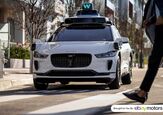
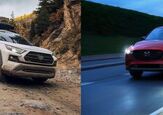
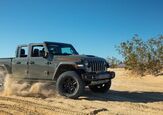














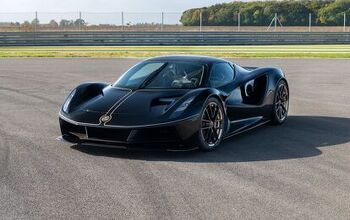
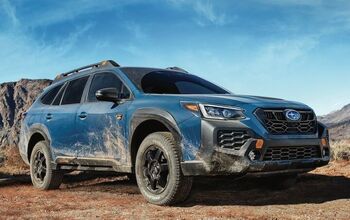

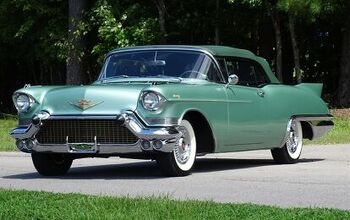
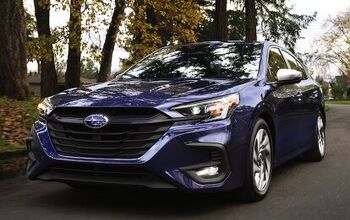
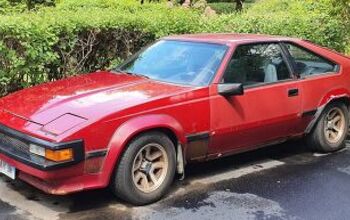
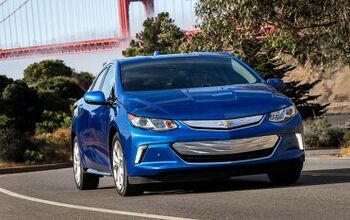
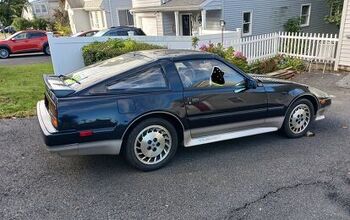
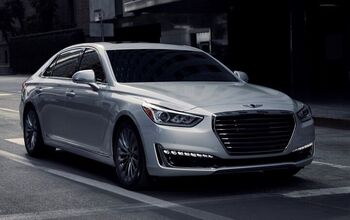
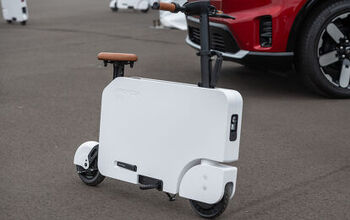
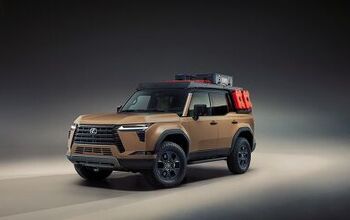

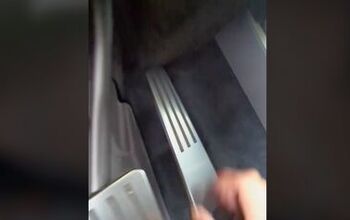
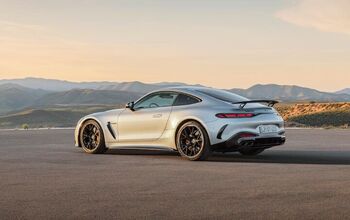
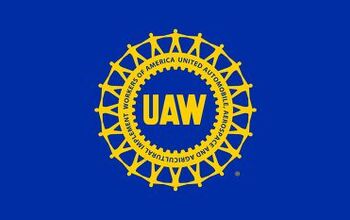
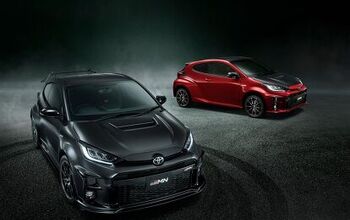
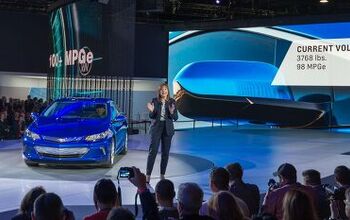
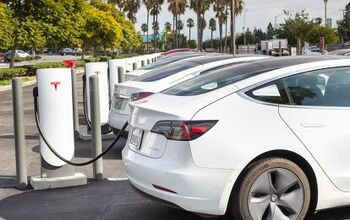
Comments
Join the conversation
I recently had a Sante Fe Sport (2.4L from what I could tell) as a rental for a several hour highway jaunt and back. The standout attribute for me was the ride/handling balance, especially surprising given the Koreans' historic weakness in this area. My rental was a pretty basic trim with 16 inch alloys with a nice fat 65 aspect ratio sidewall. It really smothered road imperfections but still cornered fairly flat. The rest of the car was decent enough but suffered the standard modern CUV maladies: poor rear visibility, cheap seat cloth, dead steering, and a gruff direct injected motor (which had adequate power and fuel economy). I think I got an indicated 27mpg going 75mph most of the way. So not a standout product, but a decent one, depending on the deals they're throwing at these things it could be a reasonable option. In general, classes of vehicles have become so competitive they are really homogenized. It's getting to the point of really nitpicking things.
Santa Cruz diesel in 2019? Speculation at its best. I am starting to think the Santa Cruz will never appear.